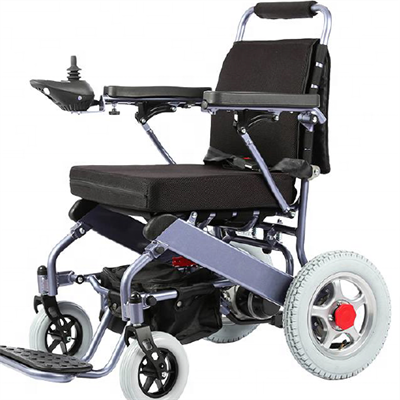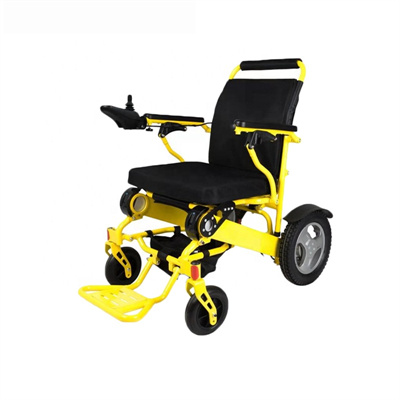Seat width: Measure the distance between the hips or between the two thighs when sitting down. After adding 5cm, there is a gap of 2.5cm on each side after sitting down. The seat is too narrow and it is difficult to get on and off the wheelchair. The hip and thigh tissues are compressed; the seat is too wide and it is difficult to sit firmly. It is inconvenient to operate a wheelchair. The limbs are easy to fatigue, and it is difficult to get in and out of the gate.
Seat length: Measure the horizontal distance from the hip to the calf gastrocnemius when sitting down, and subtract 6.5cm from the measurement result. If the seat is too short, the weight will mainly fall on the sit bones, which will easily cause excessive local pressure; if the seat is too long, it will compress the popliteal area and affect the local blood circulation, and it is easy to irritate the skin. For patients with short thighs or flexion contractures of the hips and knees, it is better to use a short seat.
Seat height: Measure the distance from the heel (or heel) to the popliteal socket when sitting down, plus 4cm. When placing the pedals, the board should be at least 5cm above the ground. If the seat is too high, the wheelchair cannot enter the table; if the seat is too low, the seat bones will bear too much weight.
Cushion In order to be comfortable and prevent bedsores, a cushion should be placed on the chair of a wheelchair. Common cushions are foam rubber cushions (5-10cm thick) or gel cushions. To prevent the seat from sinking, a 0.6cm thick plywood can be placed under the cushion.
Chair back height: The higher the back of the chair, the more stable it is, and the lower the back of the chair, the greater the movement of the upper body and upper limbs. Low chair back: Measure the distance from the sitting surface to the armpits (with one or both arms stretched forward), and subtract 10cm from the result. High back: Measure the actual height from the sitting surface to the shoulders or back pillow.
Armrest height: When sitting down, the upper arm is vertical and the forearm is flat on the armrest. Measure the height from the chair surface to the lower edge of the forearm and add 2.5cm. Proper armrest height helps maintain correct body posture and balance and enables upper limbs to be placed in a comfortable position. The armrest is too high, the upper arm is forced to lift up, and it is easy to feel fatigued. The armrest is too low, you need to lean forward to maintain balance, not only easy to fatigue but also can affect breathing.
Other auxiliary parts for wheelchairs: are designed to meet the needs of special patients, such as increasing the friction surface of the handle, extension of the carriage, anti-vibration device, armrests for armrests, or wheelchair tables that are convenient for patients to eat and write.




















